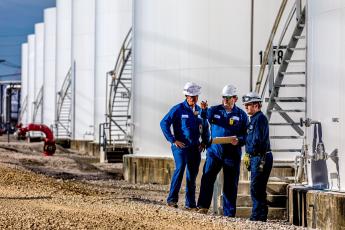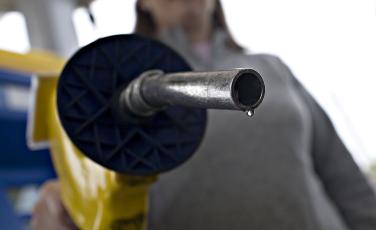
Reid Vapor Pressure
The U.S. Environmental Protection Agency (EPA) regulates the vapor pressure of gasoline sold between June 1 and September 15 (the summer ozone season) to limit a vehicle's hydrocarbon emissions. Reid Vapor Pressure (RVP) is the gasoline parameter used by the EPA to measure volatility, and depending on the state and month, gasoline RVP may not surpass certain levels. The ethanol industry has advocated for special waivers that would allow sales of E15 fuel that surpasses prescribed RVP levels during the summer ozone season. AFPM opposes these waivers, which the EPA does not have authority to grant.
Tier 3 Motor Vehicle Emission and Fuel Standards
The EPA published a rule in 2014 for "Tier 3" tailpipe and evaporative emissions standards for passenger cars, light-duty and some heavy-duty trucks, to be phased in from 2017 to 2025. The rule also includes reducing the sulfur content of gasoline from an annual average of 30 ppm to 10 ppm, beginning in 2017.
Mobile Source Air Toxics
In 2001, the EPA enacted rules known as Mobile Source Air Toxics (MSAT) Phase 1 to control toxic air emissions from motor vehicles and fuels. Regulations controlling the benzene content in gasoline (MSAT Phase 2) were phased in during 2011 and 2012 for most refineries and in 2015 and 2016 for small refineries. AFPM was actively involved with the EPA on the MSAT Phases 1 and 2 rulemakings to ensure that the regulations do not require unwarranted restrictions that add unnecessary costs, impact overall supply or place additional strain on the U.S. fuel production and distribution system.
Diesel Sulfur
The Environmental Protection Agency established regulations to substantially lower the sulfur levels in diesel fuels in 2001 and 2004. In January 2001, EPA issued rules that require refiners to reduce the sulfur content in highway diesel fuel by 97 percent. The sulfur content of this fuel – called Ultra Low-Sulfur Diesel, or ULSD – may not exceed 15 parts per million (ppm). In addition, EPA’s rules required refiners to reduce the sulfur content in nonroad diesel in progressive steps, so that by June 2014 all nonroad diesel meets the 15 ppm standard.
EPA promulgated a marine fuel sulfur rule that includes a maximum 1,000 ppm sulfur content for distillate and residual fuel oil used in large vessels beginning in 2014 unless alternative devices (e.g., exhaust gas scrubbers), procedures or compliance options are used; this does not apply to steamships operating exclusively on the Great Lakes. This was necessary because the U.S. has Emission Control Areas (ECAs) in coastal waters (including around Puerto Rico and the U.S. Virgin Islands). These ECAs were approved by the United Nation’s International Maritime Organization.
Fuel Oil Sulfur
Some states in the Northeast have fuel oil sulfur regulations to comply with the federal sulfur dioxide National Ambient Air Quality Standard and/or regional haze.
ASTM
Besides EPA and state regulations, there are fuel specifications developed by ASTM International. Moreover, there are gasoline specifications in ASTM D 4814 (Standard Specification for Automotive Spark-Ignition Engine Fuel), diesel fuel specifications in ASTM D 975 (Standard Specification for Diesel Fuel Oils), and fuel oil specifications in ASTM D 396 (Standard Specification for Fuel Oils).




